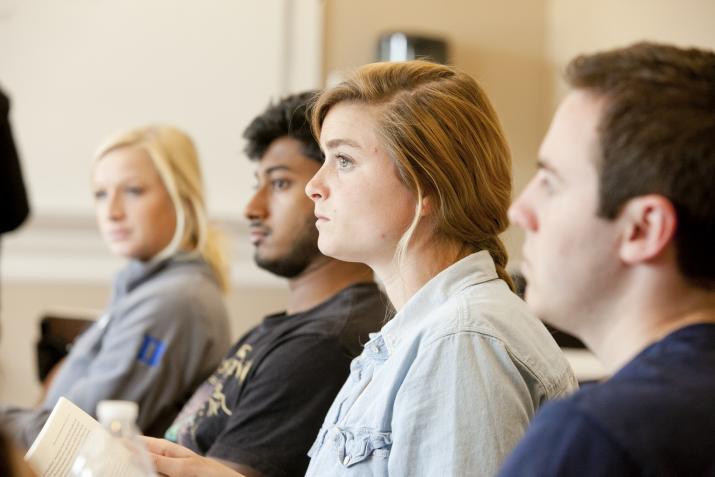Click to access the NEJM Perspective article
From 2001-2011, the number of global health programs grew tenfold on North American university campuses.
This increase was fueled, in part, by the passionate desire of students to reduce health inequities and eliminate poverty, writes Michael Merson, a professor of global health at Duke University and director of the Duke Global Health Institute.
In a Perspective article published May 1 in the New England Journal of Medicine, Merson cites other reasons for the rapid increase in global health programs. They include the commitments by governments to mount programs against diseases like HIV/AIDS and malaria, and the increased availability of resources to address global health problems and challenges.
“Global health as an academic field reflects the new global health landscape and is a driving force behind the globalization of higher education,” writes Merson. “Global health is multi-faceted and requires a curriculum that emphasizes interdisciplinary approaches and allows students to synthesize, evaluate, and apply knowledge that is relevant to complex real-world challenges.”
Such interdisciplinary approaches are essential to confront non-communicable diseases, like cardiovascular disease, cancer, diabetes and mental illness, which are rapidly becoming the leading cause of mortality and morbidity worldwide.
To be relevant, many global health programs are integrating perspectives from varied disciplines and specialties, such as cultural anthropology, psychology, economics, engineering, business management, policy and law, in addition to subjects traditionally taught in schools of public health and medicine.
According to the Consortium of Universities for Global Health, comprehensive, university-based global health programs increased from six in 2001 to 78 in 2011. Approximately 250 North American universities now have global health education offerings, including undergraduate liberal arts majors, master’s degree programs and doctoral certificates and fellowships. Service-learning opportunities are also growing rapidly on university campuses.
In 2009, Duke launched a Master of Science in Global Health program that enrolls around 40 students each year from a wide array of countries. In 2013, Duke launched its first liberal arts major in global health, which is offered only as a co-major to be paired with another major at Duke. In its first year, nearly 100 students have declared global health as a co-major.
“Interdisciplinary collaboration and knowledge is needed to discover and deliver better methods for disease prevention and treatment,” Merson writes. “There’s no better place than university campuses to harness the passion and creativity of our students and faculty to find solutions to improve the world’s health.”
However, Merson cautions of the formidable challenges to maintaining the current momentum, including the ongoing need for administrative support to address the legal, financial, operational, technological, ethical and compliance issues inherent in working internationally.
He calls for universities to better define career paths for graduates by linking with U.S. government agencies and nongovernmental organizations and for increased university philanthropic support to be directed toward global health student education and training, and toward faculty development and recruitment.

